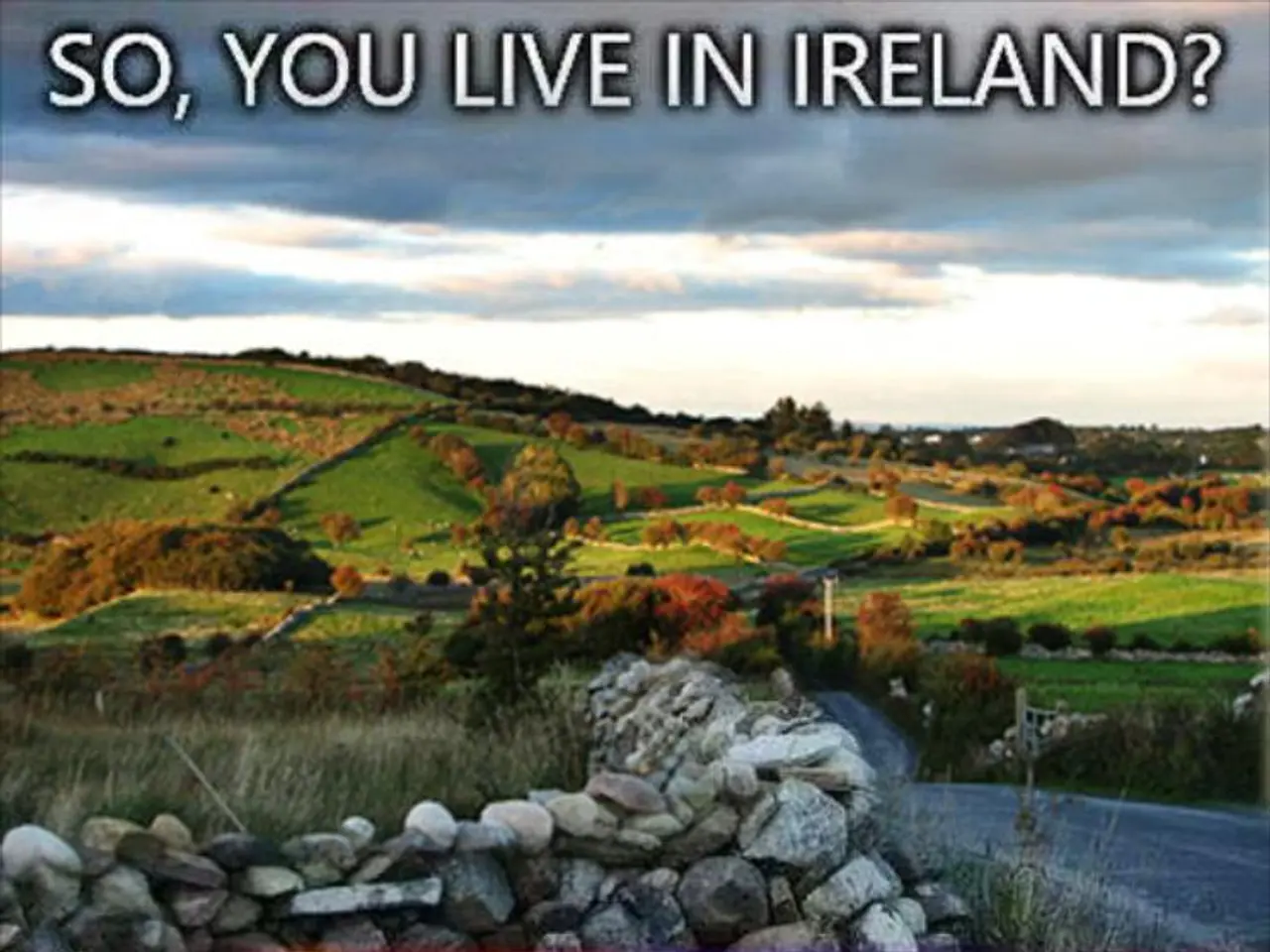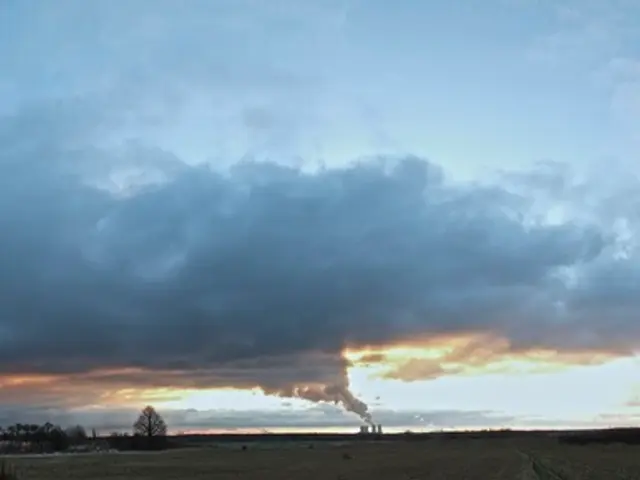Wildfire Smoke's Impact: Access Data and Insights for the 12th District Region
Communities across the United States have been increasingly exposed to wildfire smoke due to a rising frequency and intensity of wildfires, particularly concentrated in areas known as the wildland-urban interface where urban development meets wildland vegetation. A recent report by the Federal Reserve Bank of San Francisco highlights the disproportionate impact of wildfire smoke on vulnerable populations such as frontline workers, K-4 students living in poverty, and those in vulnerable housing.
**Extent of Wildfire Smoke Exposure Nationwide**
The report, titled "Disruptions from Wildfire Smoke: Vulnerabilities in Local Economies and Disadvantaged Communities in the U.S.", reveals that wildfires have become more frequent, larger, and more widespread in recent years. Data from the American Community Survey (ACS) and the 2019 Comprehensive Housing Affordability Strategy (CHAS) data from the U.S. Department of Housing and Urban Development (HUD) show that communities far from fires are also affected by wildfire smoke.
**Vulnerable Populations at Greater Risk**
- **Frontline workers**, such as firefighters and outdoor laborers, face direct exposure to smoke during wildfire events, increasing their risk of respiratory issues. - **K-4 students in poverty** are particularly vulnerable due to limited access to clean indoor air environments and medical care. Schools in low-income areas may lack adequate filtration systems to mitigate indoor smoke exposure. - **Vulnerable housing populations**, including those in substandard or crowded housing, often cannot effectively shield themselves from outdoor air pollution. Research highlights that disadvantaged communities and communities of color often face disproportionate environmental harms, including greater wildfire smoke exposure.
**Geographic and Socioeconomic Disparities by Federal Reserve District**
While detailed district-level data on these specific groups is limited, it is clear that regions with frequent wildfires and large wildland-urban interfaces—such as the Federal Reserve's San Francisco District and possibly districts encompassing the West and parts of the Midwest—experience heightened exposure. A study from southern California, part of the San Francisco Fed District, showed that people living at the edges of urban and rural areas faced especially high smoke exposure levels.
**Summary Table: Key Factors in Wildfire Smoke Exposure**
| Population | Exposure Risks | Geographic Hotspots | Reasons for Vulnerability | |---------------------------|-------------------------------------------------|--------------------------------------------|---------------------------------------------| | Frontline Workers | Direct smoke inhalation during wildfire events | West Coast, Great Plains, urban-wildland interfaces | Outdoor labor, prolonged exposure | | K-4 Students in Poverty | Indoor exposure due to poor filtration, outdoor recess | Districts with high poverty and wildfire frequency | Limited resources, under-resourced schools | | Vulnerable Housing Populations | Inability to avoid outdoor air pollution, crowded/substandard housing | Urban-edge areas, low-income communities | Poor housing conditions, limited sheltering |
**Conclusion and Implications**
Wildfire smoke exposure is a critical public health issue disproportionately affecting vulnerable groups across the U.S., with frontline workers, young students in poverty, and vulnerable housing populations bearing a heavy burden. The challenge varies regionally across Federal Reserve Districts but is most acute in districts with frequent wildfires and expansive wildland-urban interfaces. This calls for enhanced monitoring, targeted interventions, improved housing and school air quality, and proactive wildfire management policies to reduce health disparities related to smoke exposure.
The report can be accessed, key takeaways read, and the full dataset downloaded from the provided links for each city. The interactive wildfire smoke data tool allows users to investigate wildfire smoke and disadvantaged communities more closely by selecting a Federal Reserve District or clicking on one or more counties.
- In the realm of environmental science and workplace-wellness, it's crucial to recognize that frontline workers like firefighters and outdoor laborers, who have prolonged exposure to wildfire smoke, are at an increased risk of respiratory issues.
- Health-and-wellness and fitness-and-exercise are essential components for K-4 students, but those living in poverty and residing in areas with high wildfire frequency may face negative health effects due to limited access to clean indoor air environments and medical care.
- Climate-change and environmental-science research show that environmental harms, including increased wildfire smoke exposure, often disproportionately impact disadvantaged communities and communities of color, highlighting the need for proactive policies that address this issue and reduce health disparities.




